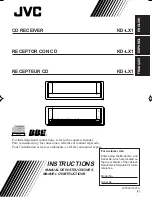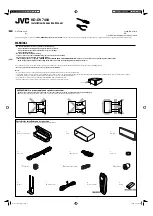
Chapter 3 SPAN Operation
OEM7 SPAN Installation and Operation User Manual v14
122
The highest rate that you should request GNSS logs (RANGE, BESTPOS, RTKPOS, PSRPOS, and
so on) while in INS operation is 5 Hz. If the receiver is not running INS (no IMU is attached), GNSS logs
can be requested at rates up to 20 Hz.
3.10 Firmware Updates and Model Upgrades
Firmware updates are firmware releases which include fixes and enhancements to the receiver functionality.
Firmware updates are released on the web site as they become available.
Model upgrades enable features on the receiver and may be purchased through NovAtel authorized dealers.
Contact your local NovAtel dealer first for more information. To locate a dealer in your area visit Where to Buy |
Dealer Network on the NovAtel web site at
www.novatel.com/where-to-buy/sales-offices/
or contact NovAtel
Customer Support directly.
For information about how to install firmware updates or model upgrades, refer to the
.
3.11 Variable Lever Arm
The variable lever arm concept arose to support applications in which the IMU is no longer rigidly fixed to the
vehicle, but rather on a gimballed mount. This creates an issue where the input lever arm offsets to the GNSS
antenna are no longer correct, because the IMU can rotate on its mount, while the antenna remains fixed.
The use of the variable lever arm functionality requires that the device to which the IMU is attached be able to
send its gimbal rotation angles back to SPAN. These angles are used to recalculate the lever arm at the rate that
they are received. SPAN will also be able to output a gimballed solution at the rate the gimbal angles are
received.
3.11.1 Reference Frame Description
There are several frames of reference involved when dealing with a gimballed mount. The frames are all very sim-
ilar, but can be quite confusing due to small differences. Below are all frames applicable to the implementation of
the variable lever arm:
Frame
Description
Notation
IMU Body frame
The physical IMU axes
(b)
Vehicle frame
Default reference frame for attitude output in SPAN logs
(v)
Mount body frame
The physical axes of the gimballed mount
(m)
Gimbal body frame
The physical axes of the gimbal plane. This frame matches the mount body
frame when gimbal angles are zero and rotates relative to the mount body
frame when the gimbal is active.
(g)
User Output Frame
An arbitrary frame, used to define the desired reference for attitude output,
typically matching a gimbal mounted sensor
(ou)
Mark Output Frame
An arbitrary frame, used to define the desired reference for attitude output for
the MARKxPVA logs, typically matching a gimbal mounted sensor
(om)
Figure 34: Sample Configuration
on the next page and
on page 124 illustrate a basic
scenario for the information in the table above.
Figure 34: Sample Configuration
on the next page shows a
















































